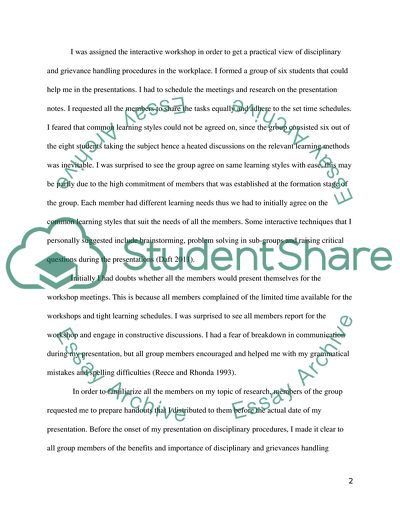Cite this document
(Role of HRM in Modern Organizations and Dilemmas Essay, n.d.)
Role of HRM in Modern Organizations and Dilemmas Essay. Retrieved from https://studentshare.org/human-resources/1768205-human-resource-management-anatomy
Role of HRM in Modern Organizations and Dilemmas Essay. Retrieved from https://studentshare.org/human-resources/1768205-human-resource-management-anatomy
(Role of HRM in Modern Organizations and Dilemmas Essay)
Role of HRM in Modern Organizations and Dilemmas Essay. https://studentshare.org/human-resources/1768205-human-resource-management-anatomy.
Role of HRM in Modern Organizations and Dilemmas Essay. https://studentshare.org/human-resources/1768205-human-resource-management-anatomy.
“Role of HRM in Modern Organizations and Dilemmas Essay”, n.d. https://studentshare.org/human-resources/1768205-human-resource-management-anatomy.


